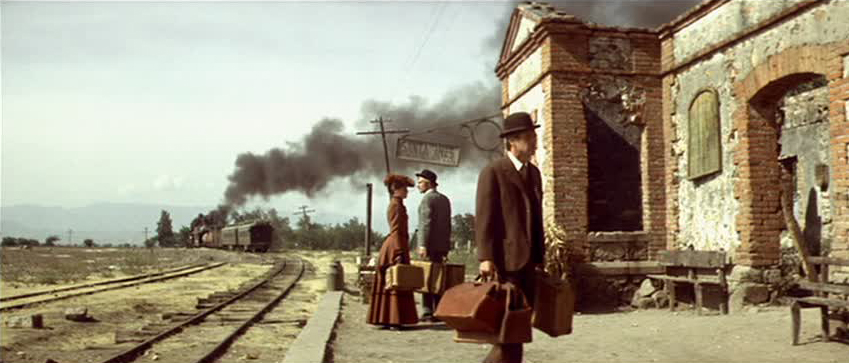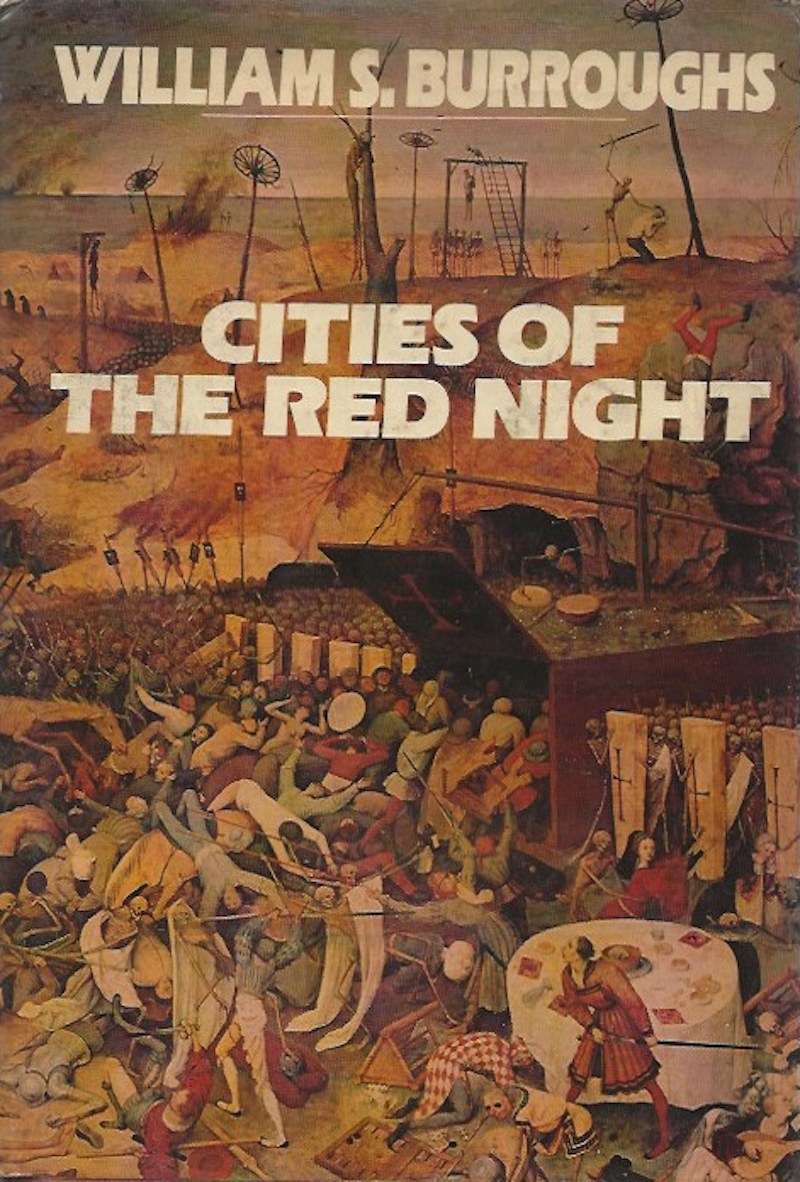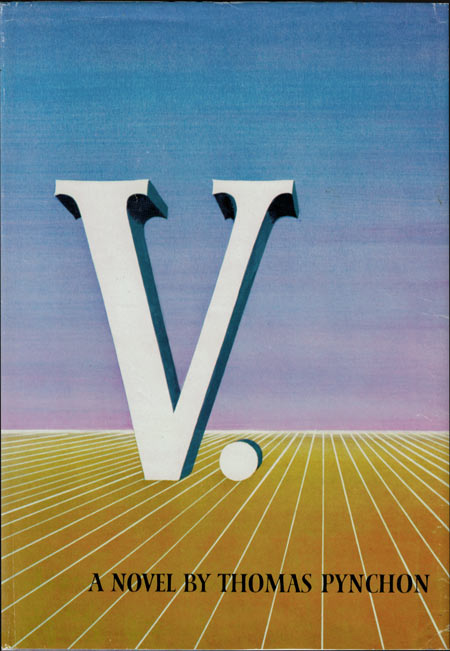You are using an out of date browser. It may not display this or other websites correctly.
You should upgrade or use an alternative browser.
You should upgrade or use an alternative browser.
Alien (1979)
- Thread starter version
- Start date
-
- Tags
- a perfect organism amateur art history comic con containment breach enrichment of my pakistan pupils my greatest goal gigerchad look into my eye my lucky lucky lucky lucky name a shrub after me of course you're not unique rich thinking deeply about vampires rolls-royce and snake bone shakas penis amputated shakas penis too girthy to amputate you're literally a version
IdleRich
IdleRich
You can see that desolate windswept thing in some of the covers that did end up being produced for V. even if he never got the actual de Chirico.


Very much so
version
Well-known member
That doorway to nowhere was still there last time I went there, it was even more weird cos everything around if had been knocked down.
That one looks like something from The Passenger or the bit in Butch Cassidy where they arrive at the train station in Bolivia.

IdleRich
IdleRich
Apart from the ads for the hipster paradise they plan to build, or maybe planned cos perhaps covid put paid to all that.That one looks like something from The Passenger or the bit in Butch Cassidy where they arrive at the train station in Bolivia.
version
Well-known member
I've said it before, possibly even phrased it the same way, but a thread running through a lot of the stuff I like's the kind of thing @mvuent's talked about re: The Backrooms and liminal spaces. A sense of ambiguity, a hint at things out of sight. It's there in Borges and Ballard and Beckett. It's in Alien. It's in Edward Hopper. It's in Lynch, Tarkovsky and Antonioni. I like suggestive environments with little to no people. There's something about an empty space or landscape with a certain kind of lighting or structure that fires my imagination. That's why I like writers like DeLillo and Baudrillard too. They can write the way a Hopper or a Magritte looks. It's something Ballard does brilliantly and explicitly when he both directly and indirectly references Ernst in The Drowned World.
I was just thinking about Burroughs in relation to this. He's interesting in this regard because I don't get any mystery or ambiguity from him at all. Everything feels very upfront and in your face, even the landscape sort of scenes in The Soft Machine that come off like an Ernst. It's all there on the end of the fork, or however Kerouac famously phrased it. I can't picture a single empty setting or even an inch of unoccupied space. It's like a Bosch painting with things going on everywhere. I think this may actually be a Bosch on the cover of Cities of the Red Night, or at least something with a similar feel. Perfect choice.

Baudrillard's definition of obscenity as total transparency also comes to mind,
'Scene' and 'obscene' do not, of course, have the same etymology, but it is tempting to connect the two. For as soon as there is a scene or a stage, there is gaze and distance, play and otherness. The spectacle is bound up with the scene. On the other hand, when we are in obscenity, there is no longer any scene or stage, any play, and the distance of the gaze is abolished. Let us take the pornographic sphere: it is clear that in pornography the body is, in its entirety, realized. Perhaps the definition of obscenity might be, then, the becoming-real, the becoming-absolutely real, of something which until then was treated metaphorically, or had a metaphorical dimension. Sexuality - and seduction too - always has a metaphorical dimension. In obscenity, the body, the sex organs, the sex act are brutally no longer 'mis en scene', but immediately proffered for view or, in other words, for devouring; they are absorbed and resorbed at one and the same time. It is a total 'acting out' of things that ought to be subject to a dramaturgy, a scene, a play between partners. Here there is no play, no dialectic or separation, but a total collusion of the elements.
IdleRich
IdleRich
I was gonna guess that was Bosch before you said it, it must be.
People confuse different types of 'weirdness' - Burroughs is weird and Bruno Schultz is weird ergo Burroughs and Schultz are similar. Of course that's not true but it's not always easy to say why not, but I think you nailed that one quite nicely. Burroughs is explicitly descriptive, even the cut up stuff is hard-edged whereas surrealism tends to drift one thing morphing to another or just merging with it. Particularly interesting cos at times Burroughs also touches on the links between organic and machine.
On the back of The City and The City or the preface or something there is a bit from Ian Sinclair (I think) about how depressing it is that people call it Kafkaesque.
People confuse different types of 'weirdness' - Burroughs is weird and Bruno Schultz is weird ergo Burroughs and Schultz are similar. Of course that's not true but it's not always easy to say why not, but I think you nailed that one quite nicely. Burroughs is explicitly descriptive, even the cut up stuff is hard-edged whereas surrealism tends to drift one thing morphing to another or just merging with it. Particularly interesting cos at times Burroughs also touches on the links between organic and machine.
On the back of The City and The City or the preface or something there is a bit from Ian Sinclair (I think) about how depressing it is that people call it Kafkaesque.
version
Well-known member
Lost a lot of respect for Ridley reading these interviews. Seems like a weak willed man
The thing a lot of people seem to say about him is he comes off as more interested in androids than aliens. There's a lot of Blade Runner in Prometheus.
Alien: Covenant director Ridley Scott recently admitted that choosing to direct that film over Blade Runner 2049 was a mistake.
Scott expressed regret at having picked the sixth Alien installment over the belated follow-up to his 1982 cult classic Blade Runner in an interview with Empire. "I shouldn't have had to make that decision," he said. "But I had to. I should have done Blade Runner 2."
sus
Moderator
Thank the lord he didn'tScott expressed regret at having picked the sixth Alien installment over the belated follow-up to his 1982 cult classic Blade Runner in an interview with Empire. "I shouldn't have had to make that decision," he said. "But I had to. I should have done Blade Runner 2."
sus
Moderator
Beckett?I've said it before, possibly even phrased it the same way, but a thread running through a lot of the stuff I like's the kind of thing @mvuent's talked about re: The Backrooms and liminal spaces. A sense of ambiguity, a hint at things out of sight. It's there in Borges and Ballard and Beckett. It's in Alien. It's in Edward Hopper. It's in Lynch, Tarkovsky and Antonioni. I like suggestive environments with little to no people. There's something about an empty space or landscape with a certain kind of lighting or structure that fires my imagination. That's why I like writers like DeLillo and Baudrillard too. They can write the way a Hopper or a Magritte looks. It's something Ballard does brilliantly and explicitly when he both directly and indirectly references Ernst in The Drowned World.
version
Well-known member
Beckett?
Yeah, Samuel Beckett. I'm thinking specifically of a scene in Molloy where he describes some sort of surreal time or place, but Beckett in general too. He writes these mysterious closed loops. This is how I described him and Blanchot after reading the latter's Death Sentence a few months ago,
"The sense of immaculate compression, of hermetic sealing, is perhaps what they share most closely. I had a similar sense to reading Molloy, that I was exploring a windowless room or a polished stone or some sort of vacuum or alien artifact with something ill-defined and vaguely sinister moving around inside."
Murphy
cat malogen
That one looks like something from The Passenger or the bit in Butch Cassidy where they arrive at the train station in Bolivia.

Edit - off topic: Fellini of the Spirits doc posted elsewhere has a segment on his love of train stations (sounds like the old man), almost too many references but all pertinent with Voice of the Moon for hubs, journeys, transport, luggage, the attention of people looking for platforms, individual/period attire, stopovers, anticipation, spontaneity, sound, bustle, colour, release, pivoting to the beginning of La Chimera (trains in film, Murphy = deep)
Without wanting to derail the thread further, Lee Van Cleef‘s character in For a Few Dollars more goes boss mode in one of the finest train stops in cinema
Back to Alien ..
do you not think you need to consider ridley's previous life in advertising in all this?
this is v.interesting if you've not already seen it. rushdie was in advertising too!
ofc tony little bro too - top gun dogfights was first practised as tennis.
what i mean is that ridley is not "clever" or "intellectual" he's about the set piece and visual storytelling.
this is v.interesting if you've not already seen it. rushdie was in advertising too!
ofc tony little bro too - top gun dogfights was first practised as tennis.
what i mean is that ridley is not "clever" or "intellectual" he's about the set piece and visual storytelling.
sus
Moderator
Burne-Jones, the progenitor of Art Nouveau, shows the Medusahead of nature in all its suffocating disorder. The pretty knights of The Briar Wood sprawl comatose outside Sleeping Beauty's castle (fig. 40). Scattered armour lies twisted in a bramble thicket of stunning density, Botticelli's prison-bar pines restored to medieval tapestry. We see the triumph of mother nature over the masculine. In The Doom Fulfilled, Burne-Jones' greatest painting, Perseus is Laocoön in the grip of coiling nature (fig. 41). The design recalls the illuminated letters of the Book of Kells, because Romanticism is the sacred text of nature-cult. Perseus is thrust into the hungry maw of a Blakean flower. The picture proves that Art Nouveau's running vines are an abstract version of daemonic nature, come to aggressive life to trap and strangle the human. Burne-Jones' brassy serpent is a scroll of Art Nouveau ironwork. The organic is invincibly metallic, while Perseus wears a visionary armour of leafy vegetation. A Greek hero becomes Spenser's weedy knight Artegall, who keeps relapsing into nature. So we must ask of Burne-Jones' picture: has the touch of the chthonian serpent contaminated Perseus? Is nature one instant from turning the male back into herself? Legend says Perseus wins. But the painting depicts the archetypal moment of doubt in which we are all caught in our daily battle with nature.







